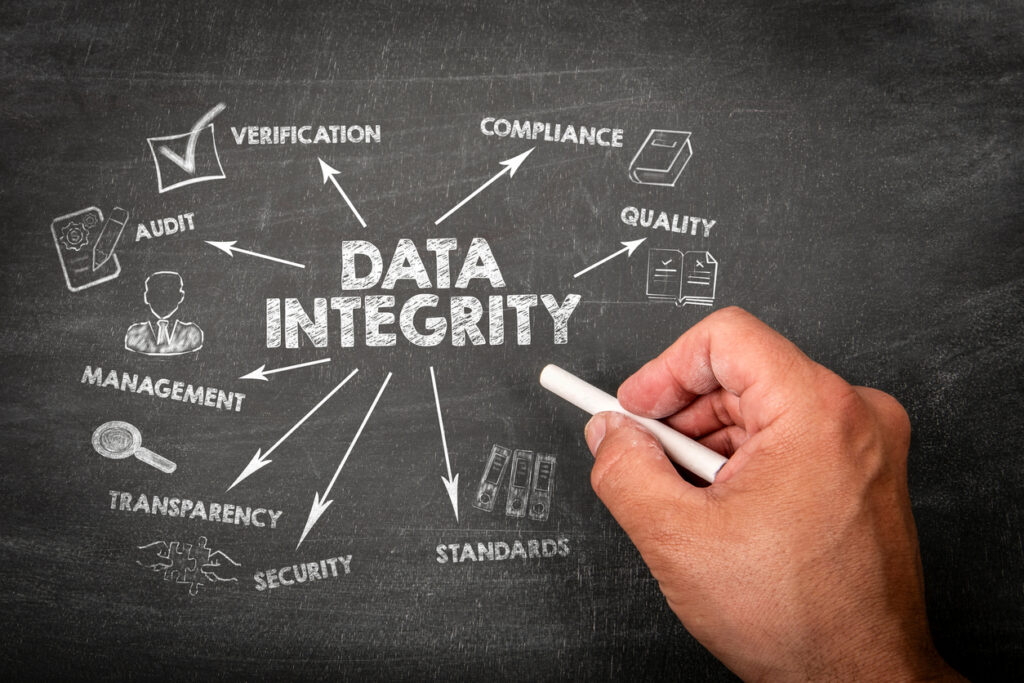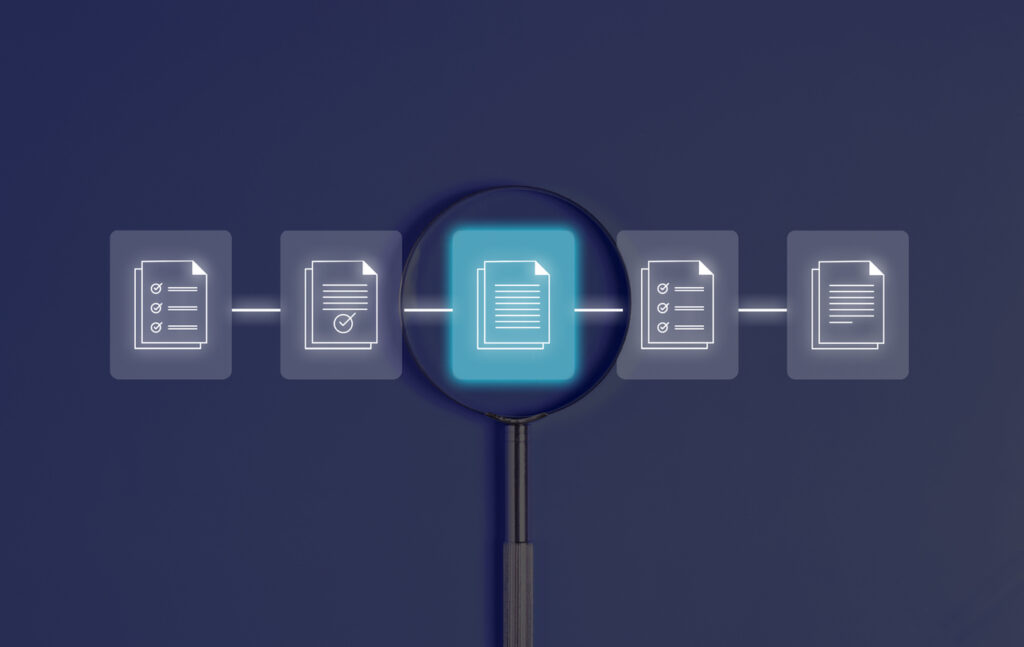Foundational Research to Build Actionable Brand Insights
By Ken Donaven
When building a house, you start with the foundation. When building a brand, you more than likely start with “the funnel.”
As I wrote in a piece first published in Quirk’s magazine, studying the behaviors of a market relative to your brand is the baseline for understanding the current state of your brand health. As brand insights methodologies become more sophisticated, the intelligence those insights yield become more granular — and, indeed, more actionable. Whether we’re working with consumer brands or business-to-business service brands, we often start with the most basic brand insights and evolve to more advanced methodologies.
The core foundational element of any effective brand health research is the traditional “brand funnel” — a cornerstone concept in both B2C and B2B brand research. While it may seem basic, the brand funnel provides an essential framework for understanding how customers interact with brands, guiding everything from awareness (early) to advocacy (eventually).
While the idea of a brand funnel is straightforward, proper deployment is crucial for ongoing brand tracking, development, and action.
Awareness: The First Step in Brand Visibility
Awareness is the entry point of the brand/sales/marketing funnel, where potential customers first learn about a brand. In brand funnel research, we typically ask some variation of three fundamental questions:
- What’s the first brand that comes to mind when you think of a given product category? (to measure top-of-mind awareness)
- What other brands come to mind in this category? (to measure overall unaided awareness)
- Are you aware of any of the following brands that weren’t mentioned? (to measure overall aided awareness)
These questions help determine how well a brand is performing in terms of overall market visibility. Ideally, awareness of your brand leads to interest and movement through the brand funnel. However, without strong awareness, it is unlikely that efforts in later stages of the funnel will lead to meaningful customer interaction. In fact, brands with low awareness often start by examining their marketing and communication strategies to drive awareness and familiarity among their core audience/segments.
Consideration: From Awareness to Interest
Once a customer (or prospective customer) is aware of your brand, the next step is to determine whether that customer will consider purchasing and how your brand compares to the competition. Consideration is measured through questions that gauge how close a consumer is to purchasing a product.
- Are they loyal to just one brand or do they use multiple brands?
- Have they purchased the brand in the past but no longer do? Why did they stop purchasing?
- Have they heard of the brand but have never used it? What could drive consideration?
Each of these questions gives researchers a clearer picture of where a brand stands in a customer’s mind. For B2B brands, this phase might involve more technical evaluations, but the principle is the same — getting in the “consideration set” or purchase intent for a customer’s next purchase.
Purchase: Conversion into Sales
Next comes the critical step of purchase, where a prospective customer becomes an actual customer. Research at this stage often focuses on the purchase process itself: Was the purchase process seamless? Did the brand provide appropriate customer service and support? And so on.
For B2B brands, the sales cycle is often longer, but tracking the transition from consideration to intent to purchase is essential for both B2C and B2B contexts.
Flipping the Funnel: Loyalty and Advocacy
It is important to point out that the research doesn’t end when the customer reaches the bottom of the funnel. On the contrary. As author Joseph Jaffe emphasizes in his book, Flip the Funnel, some of the most illuminating insights come from feedback after customers have made the purchase conversion. Ongoing, longitudinal tracking can provide actionable insights on how to convert “customers” into loyalists and advocates, creating an unbroken stream of conversions, a higher number of customers and greater market share.
Loyalty: Will They Come Back?
Loyalty is a key metric for understanding customer retention. We typically ask questions like, “How likely are you to repurchase from this brand in the future?” For B2C brands, loyalty might be based on factors including quality, convenience, or price. In B2B, it could involve product durability/reliability or after-sales service, for example. Regardless, it is important to understand and track the key drivers of loyalty to both retain current loyal customers and also turn occasional customers into loyal customers.
As we will explore in a future post, highly satisfied customers with a high likelihood to repurchase are considered Brand Apostles. These so-called “Apostles” tend to spend more in both your overall category generally, and with your brand specifically. This usually results in significantly higher market share and profitability among this cohort.
Loyalty is where a brand can build a solid customer base, turning first-time buyers into repeat customers. If a brand loses out here, the funnel can break down, leading to a higher cost of customer acquisition down the line.
Advocacy: The Ultimate Goal
Advocacy is about turning customers into brand ambassadors. The most common way to measure this is by asking, “How likely are you to recommend this brand to a friend or colleague?” There are long-standing metrics that have been applied to study the degree to which a customer becomes (or will become) an advocate acting on the brand’s behalf, going beyond the basic measurement of customer satisfaction and extending all the way through to “likelihood to recommend.”
For B2B brands, advocacy often comes in the form of referrals or testimonials. In B2C, it could be social media shares, word of mouth, or public product reviews.
The Importance of Quantitative and Qualitative Data
In brand funnel research, both qualitative (qual) and quantitative (quant) data play crucial roles. While quantitative research offers a large-scale view — ensuring the results are statistically significant — qualitative insights can provide depth, exploring emotional drivers and perceptions behind brand choices. We often use quant to measure brand performance over time, while qual helps to understand the “why” behind the numbers.
For tracking real changes in brand metrics, having a high-quality, large sample participating in the survey is crucial to ensure that shifts in brand awareness, loyalty or advocacy are genuine and meaningful and are not just statistical noise.
Building on the Basics
While the funnel concept is foundational, it leads to more advanced research methodologies that dive deeper into how brands perform.
For instance, we can link the funnel stages to the emotional value of a brand, as explored in detail here — even for B2B brands. Additionally, mapping a brand’s position against competitors, understanding customer satisfaction, and exploring the lifetime value of customers all stem from a solid understanding of the brand funnel, initially.
Though it might seem like a basic concept, the traditional brand funnel remains a critical tool for brand research. Understanding and tracking each stage — from awareness to advocacy — gives brands the insights they need to grow and succeed in ever-competitive markets.
In future installments, we will dive deeper into some of the more sophisticated methods for conducting brand research, including:
Apostle Analysis
Brand Mapping
Sentiment Analysis
Lifetime Value Analysis
If you would like to explore these more in the meantime, please do not hesitate to contact me!




